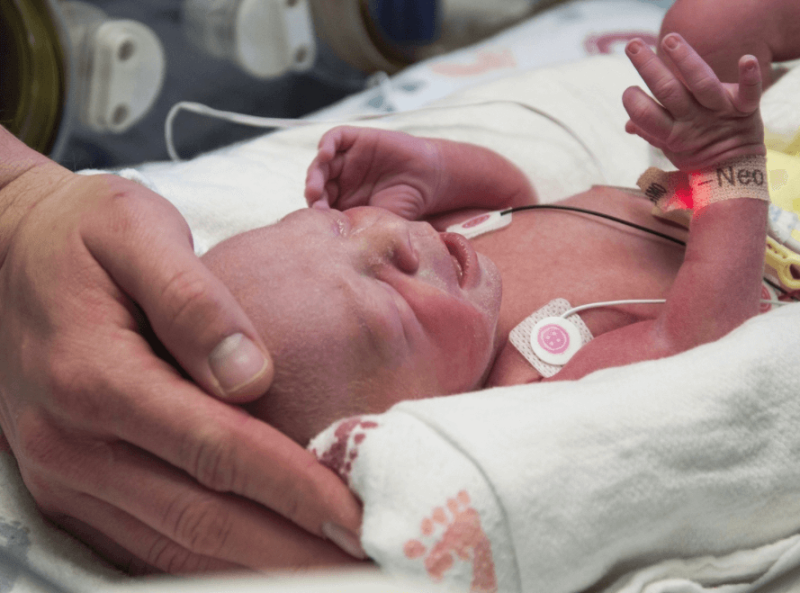The idea of uterus transplantation to treat infertility caused by the lack of a functional uterus is less than 25 years old. Clinical trials testing the procedure in humans all started within the past decade, primarily for… Mayer-Rokitansky-Küster-Hauser syndrome (MRKH), in which XX-carrying individuals are born with ovaries but no uterus. Despite its short history, uterus transplant is now becoming clinically available.
This past April, Baylor surgeons performed the country’s, and possibly the world’s, first uterus transplant outside the context of a clinical trial.
[M]ore than 600,000 people undergo hysterectomies each year in the US alone, and many of them are still of reproductive age. Uterus transplant could provide a way for those people to carry their own children even after having their own wombs removed. Some in the uterus transplant field even envision a future in which transgender women will be able to carry their own children.
“It’s going to be a transformative transplant,” says surgeon Cristiano Quintini, who runs the Cleveland Clinic’s uterus transplant trial, the first of three clinical studies to be launched in the US. “It’s a life-creating, life-enabling type of transplant.”
































